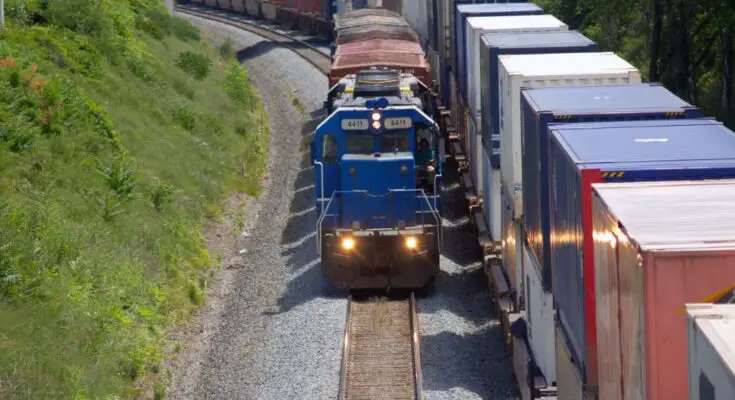Trains have been chugging along for centuries, transporting people and goods to their desired destinations with efficiency and style. But did you know that not all trains are the same, and each type has a unique design and purpose? Hop aboard as we explore four different train types— passenger, freight, monorail, and maglev—and their uses.
Passenger Trains
Picture this: cushy seats, panoramic windows, and the rhythmic clickety-clack of train wheels as you zip through picturesque landscapes. Passenger trains are all about providing an enjoyable and relaxed experience for their onboard passengers. These trains transport people from one place to another, ensuring a smooth and comfortable ride.
Freight Trains
Freight trains are the workhorses of the railway world. They might not be as glamorous as their passenger counterparts, but they play a vital role in keeping the wheels of commerce turning. These iron giants are responsible for transporting goods such as coal, lumber, automobiles, and containers packed with all sorts of products.
Fun Fact
There are many differences between modern-day passenger and freight trains. But did you know that, back in the day, passenger and freight trains got combined to create “mixed trains”? Imagine hopping on a train only to find yourself sharing a compartment with crates of oranges!
Monorails
Monorails are the epitome of sleek, modern transportation. Instead of running on traditional tracks, they glide along a single rail, elevated above the ground. You’ll typically see them in urban areas and amusement parks, where they provide a futuristic and fun way to get around. They often boast impressive views, zipping past towering skyscrapers or offering panoramic vistas of beautiful park landscapes. So, if you ever find yourself in need of a quirky and exciting ride, give the monorail a try!
Maglev Trains
Maglev, or magnetic levitation trains, are the fastest land vehicles in existence. These futuristic marvels use magnetic forces to levitate above the tracks, eliminating the need for wheels. By doing so, they can achieve mind-blowing speeds of up to 300 miles per hour (480 kilometers per hour)! This makes them a thrilling option for high-speed travel.
The next time you spot a train rushing by or consider embarking on an adventure, remember there are many different types of trains, each with its own purpose. From passenger trains that whisk us away in comfort to freight trains that haul goods across the country, each has its own story to tell.



